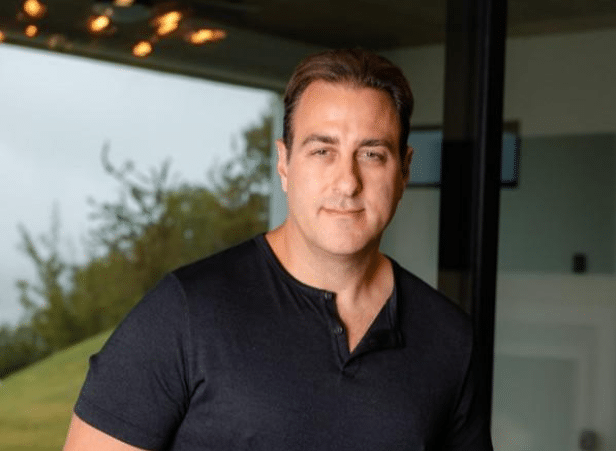Michael Fey has gone from playing soccer, to writing software, to building really big businesses.
On the Dealmakers Show, Mike shared his professional journey, including going through acquisitions, the ‘luck’ of other companies making layoffs, rebranding, restructuring and saving businesses, why not to (always) listen to your customers, and who to talk to instead.
In addition, Mike talks about creating pitch decks, raising a $20M seed round, positioning your startup for an aggressive raise, and when stealth mode works for startups.
Listen to the full podcast episode and review the transcript here.

*FREE DOWNLOAD*
The Ultimate Guide To Pitch Decks
Here is the content that we will cover in this post. Let’s get started.
From Soccer To Software
Mike grew up in a small town in Ohio where he played just about every sport he could – – including soccer which took him all the way to college.
In college, he got his degree in engineering physics. He thought he might become an astronaut, though found himself lured into software.
He became a developer with Lockheed Martin and joined Mercury Interactive where they wanted a specialist in Java. When asked if he was great at it, he said yes – – and then spent the next four weeks getting great at it.
Acquisitions & Integrations
After that, he joined McAfee where he moved up the ranks and became CTO, and then GM of their enterprise business.
After Intel acquired McAfee, Mike joined Blue Coat as President and COO, at the same time Intel was trying to right-size their acquisition and meet their margins, meaning restructuring their team.
He ended up hiring 350 people from his old company demonstrating that when downsizing is widespread, it can be an opportunity to acquire talent and build out a great team. He says that helping Blue Coat succeed would have been a lot harder without this opportunity.
With Blue Coat well into a successful turnaround, Mike then helped orchestrate an acquisition by Symantec. Surprisingly Symantec made him president and COO and the Blue Coat CEO Greg Clark became the Symantec CEO. Integrating Blue Coat and Symantec was a massive undertaking that was tough and exhausting; 24 hour days, a lot of complexity to work through and many tough decisions.
While serving out his non-competes after exiting Blue Coat, Mike was approached by Andreessen to join one of the companies in its portfolio. He went in, rebranded the business, repositioned the product, resized it and turned it back over to the original founders.
Raise Capital Smarter, Not Harder
Island
As Mike contemplated the next phase in his career, his current co-founder approached him to jump on board with a startup idea he was working on. After much thought, deliberation, and evaluation, Mike agreed to join as the CEO of Island.
Their idea was to completely reinvent the web browser for business. To bring together all the core elements needed for an enterprise to work securely, and build them right into the browser. By doing this, Island gives the enterprise complete control, visibility, and governance where nearly all the work happens, while users get the same Chromium-based experience that they know and love.
Fundraising
To date, Island has raised over a quarter of a billion dollars in funding.
Before going to raise money, Mike and his co-founder took their time reaching out to their network and getting feedback from prospective customers, including challenges. Doing so put them in a very confident position when they started talking to investors, resulting in a substantial $20M seed round.
The pitch deck they used is very similar to the way they still pitch their customers today. They covered all the main data points investors wanted and had supporting slides to cover the objections they knew they would get; ending with 10 investors to pick from within two weeks.
Their choices included Sequoia and Cyberstarts. Sequoia’s logo obviously offered a lot of credibility and Cyberstarts had a great network.
Storytelling is everything which is something that Mike Fey was able to master. Being able to capture the essence of what you are doing in 15 to 20 slides is the key. For a winning deck, take a look at the pitch deck template created by Silicon Valley legend, Peter Thiel (see it here) where the most critical slides are highlighted.
Remember to unlock the pitch deck template that is being used by founders around the world to raise millions below.
Tips For Starting Your Own Business
For others aspiring to launch startups of their own, Mike says to focus on people, and to surround yourself with people who matter and those that you can learn from.
He warns against worrying about the small stuff. Let yourself enjoy the journey, and trust it will work out.
Mike also recommends looking for a problem that you can bring a unique solution to. To do this earlier in your career. Rather than trying to make minor improvements to existing solutions.
Listen in to the full podcast episode to find out more, including:
- Transitioning from technical skills to business operator
- Why not to listen to your customers
- When stealth mode can work for a startup

SUBSCRIBE ON:





Facebook Comments